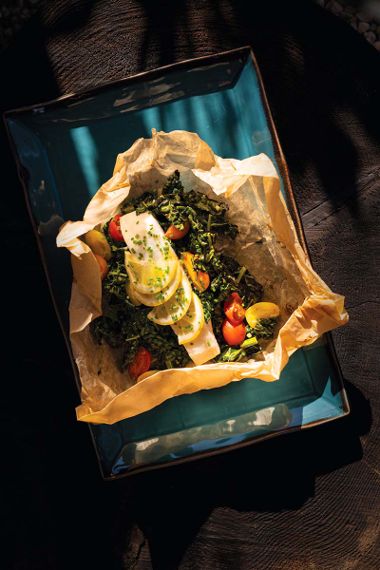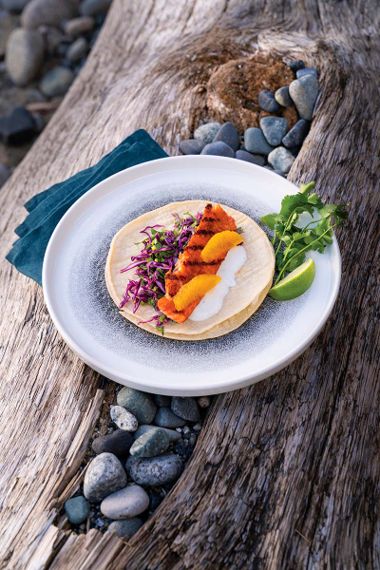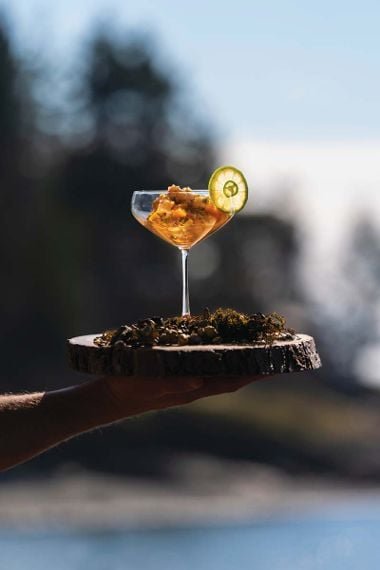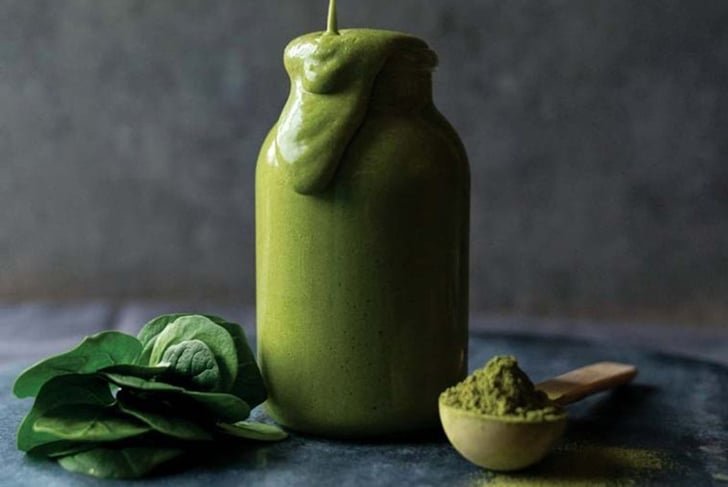Curious about what “sustainable” seafood really means? Sustainability in seafood involves various factors: the type of seafood, its origin, and the methods used to catch or harvest it. In essence, it refers to practices that ensure seafood can be harvested responsibly, allowing future generations to enjoy it as well.
However, sustainability goes beyond just preventing overfishing; it also considers environmental impacts. While wild-caught fish are often viewed as a more sustainable option, this is only true when they are harvested under well-managed programs and without causing harm, such as pollution or the depletion of other marine species.
Aquaculture can also be sustainable if it is conducted in a manner that minimally affects the broader ocean ecosystem and other species.
It’s essential to stay updated, as seafood types deemed sustainable can shift from one day to the next. This may require you to explore new options or select alternatives instead of your usual favorites. While it may seem like a sacrifice, it can also be a chance to discover new culinary delights.
If you’re located in a place where seafood is harvested, choosing to support local fishermen and harvesters may affect your sustainable seafood decisions.
Finding your way through the details can be daunting, but your local fish market is an excellent place to begin your journey towards sustainable seafood. Your fishmonger can provide valuable information about the sourcing of their products. Additionally, look for certifications from organizations like Ocean Wise and the Marine Stewardship Council.
Once you’ve brought your sustainable seafood home, its diverse and versatile nature opens the door to a multitude of delicious culinary possibilities. Check out these recipes for easy, flavorful, and varied preparations.

Hokkaido scallops boast a meaty texture and sweet flavor, making them perfect for this raw dish where lime juice does the work of cooking. Vibrant Mexican flavors of red onion, cilantro, and a hint of heat from serrano pepper create a fresh and delightful starter for any gathering.

Cooking fish in parchment-paper packets, a method known as en papillote, enables you to prepare your vegetables and fish simultaneously in a quick, hassle-free manner. The bright flavors of lemon, garlic, and spicy dried chili turn this easy meal into an impressive dish.

This open-faced shrimp sandwich highlights the delicate shrimp flavor with a hint of lemon and mustard, bringing a delightful crispness from the radish and celery. It can be enjoyed in lettuce wraps, over greens, or atop whole grain bread for a satisfying snack.

B12-rich mussels provide an excellent and budget-friendly source of protein and iron. This classic dish includes steamed mussels in a rich broth infused with tomato, fennel, and saffron. Be sure to let the saffron steep fully to enhance the flavors, and finish with fragrant fennel fronds.

These mildly seasoned salmon tacos, served with sweet and spicy pumpkin seeds, are perfect for gathering loved ones. They extend a small amount of salmon when combined with a refreshing red cabbage slaw enriched with citrus and cilantro, all drizzled with zesty lime yogurt.

While sablefish is known for its texture and fat content that withstand grilling, it can also be delicious when poached. In this dish, the luxurious flavor of sablefish pairs beautifully with a light broth infused with lemongrass and ginger, accented by spicy Thai chili.
Your Choices Matter
Ocean Wise Seafood is a certification program that guides consumers and businesses in selecting sustainable seafood options. This initiative collaborates with scientists to evaluate the conditions of aquatic ecosystems and their species, offering informed recommendations for sustainable choices. They use a straightforward rating system: Ocean Wise Recommended or Not Recommended.
Always look for the Ocean Wise symbol when purchasing seafood, or visit their website (seafood.ocean.org) to explore sustainable seafood options. The site offers detailed information on various species, their harvesting methods, and sustainability ratings, making it accessible and reassuring.
Conquer Your Fish-Preparation Fears
Many shy away from cooking seafood, fearing they lack the skills or worry about wasting a prized fish. Here are some quick tips to ease your apprehensions:
Choose Quality Ingredients
When asking about sustainability at your fish counter, don’t hesitate to inquire how the seafood was handled during transportation and storage. Frozen fish, when flash-frozen, can sometimes be a wiser choice than fresh fish that may not have been handled well.
Proper Storage
Shellfish: Keep shellfish in the fridge on a shallow pan without water, covered with a damp kitchen towel.
Frozen Fish: Remove from packaging, and thaw loosely covered in the fridge overnight. Drain any accumulated water during thawing and cook fresh fish within 48 hours.
Embrace Simplicity
High-quality seafood often shines with simple preparations: a quick grill, a squeeze of lemon. Keep it uncomplicated to allow the fish’s flavor to take center stage!
Let Your Fish Rest
Allowing your fish to reach room temperature over about 30 minutes before cooking can lead to more even doneness.
Experiment with Cooking Techniques
Whether poached, grilled, steamed, or baked—seafood can adapt to various cooking methods. If you usually grill, try a gentle poach or a raw dish instead.
Temperature Awareness
For grilling, use high heat and ensure the pan or grill is hot before placing the fish on. Use low heat for poaching and a gentle simmer.
Cook Skin Side Down
Cooking fish skin side down helps maintain its integrity. When grilling, start with the skin down to protect the fish as it cooks.
Check for Doneness
Fish is properly cooked when it flakes easily with a fork and is just barely opaque at the center.
Dive Right In
Don’t allow fear to hold you back. Just dive into cooking seafood!





